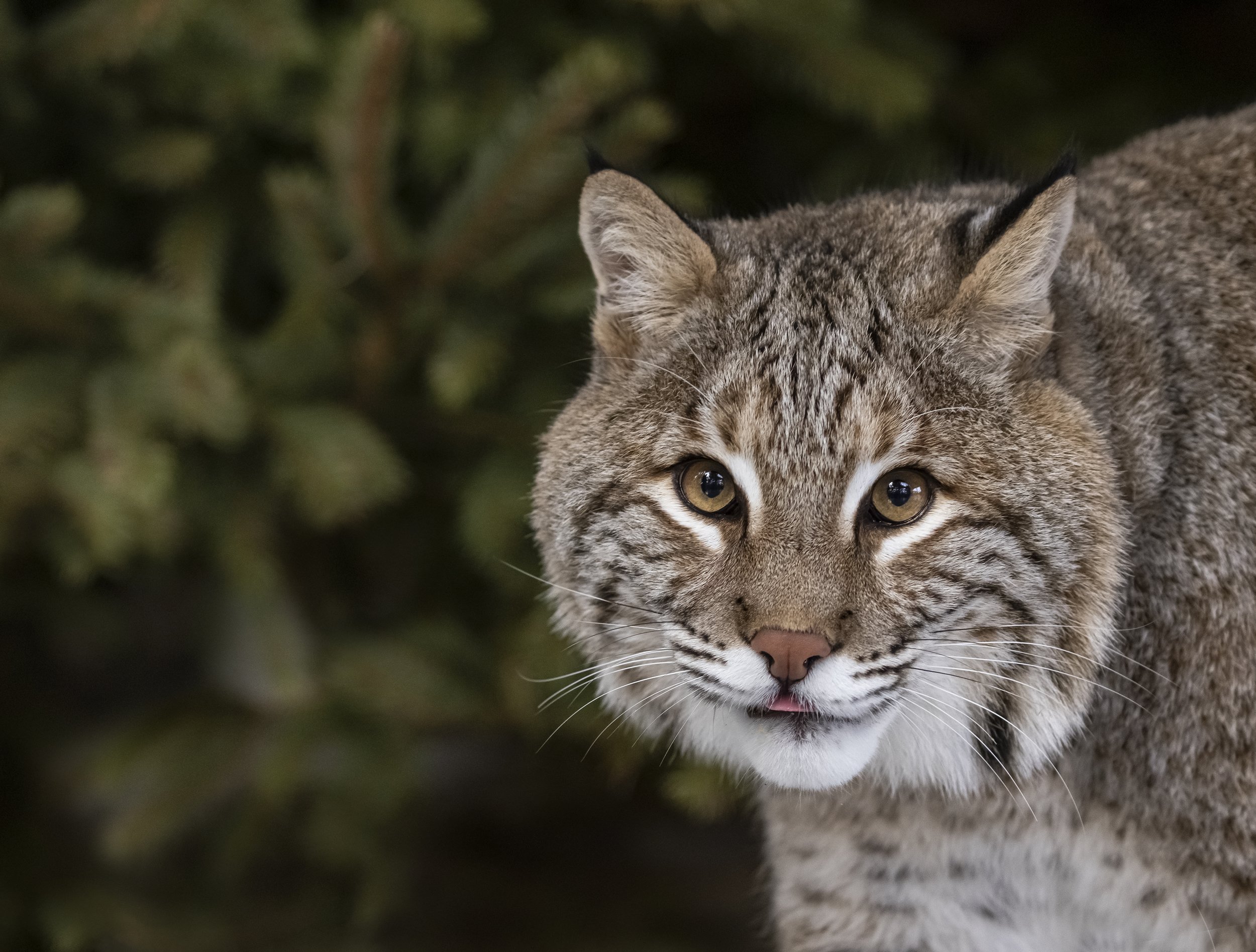
OUR STORY
About Us
Our Story
Our Mission
Newsletters Television Series In The Media
TEXT OR CALL 902-407-9453 (WILD)
Hope for Wildlife continues to evolve as the need for rescue and rehabilitation services increases—we now take up to 7,000 wild animals into our care each year.
OUR STORY
Born and raised in Argyle, Nova Scotia, Hope Swinimer spent most of her time outdoors as a child enjoying everything the natural world had to offer. She knew that she wanted to work with animals in some capacity, and after missing the ocean terribly while attending college in Truro, that she wanted to be near the ocean.
While working at Dartmouth Veterinary Hospital as a manager, Hope took in her first rehab animal in 1995—a robin that had been attacked by a cat. Researching how to care for the bird inspired her to learn more about injured wildlife, and as her knowledge grew, colleagues began sending wildlife-related calls her way.
““I had a very good job offer as a wildlife rehabilitator in Ontario, but when I thought about leaving Nova Scotia, I realized I simply couldn’t.”
Later that year, she became certified in Basic Wildlife Rehabilitation from the International Wildlife Rehabilitation Association. "I had a very good job offer as a wildlife rehabilitator in Ontario, but when I thought above leaving Nova Scotia, I realized I simply couldn't." It was shortly after this that Hope really dug in and committed to starting a wildlife rehabilitation centre "at home."
With just a few cages in the backyard and a room in her house as a nursery, Hope rehabbed about 40 animals in her first year. By 1996, word of this grew and the Department of Natural Resources (DNR) determined that a permit was required; however, such a permit did not exist in the province at that time. She worked with DNR to establish a licensing process (using the United States as a model), and in 1997, moved to Winnie’s Way in Seaforth where she received her Rehabilitator Permit. "Seaforth was not only the perfect location for a rehab, but it reminded me so much of Argyle it just felt right."
Hope and Gretel
The Eastern Shore Wildlife Rescue and Rehabilitation Centre became the first privately owned wildlife rehabilitation centre in Nova Scotia, taking in about 200 animals per year. But the demands on the rehab soon outgrew the property again, and in 2001, she relocated within Seaforth to “the farm,” which was a larger property that would accommodate the rehab’s immediate needs but also leave room to grow.
Over 7,000 wild animals are now taken into the organization's care each year, and in addition, over 40,000 callers, texts and emails are responded to. Thousands of visitors are welcomed to its facilities for guided tours, hundreds of offsite educational presentations are given to community and school groups, and a wide range of data is collected from animals treated at its rehabilitation centre.
"When people visit Hope for Wildlife, much of the feedback we receive isn't only about the work being done here. It's also about the feeling they're left with. They experience firsthand the peace and beauty of this place and it stays with them. Just as it's stayed with me."

